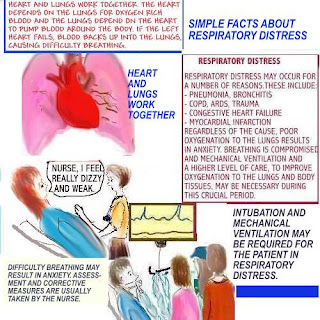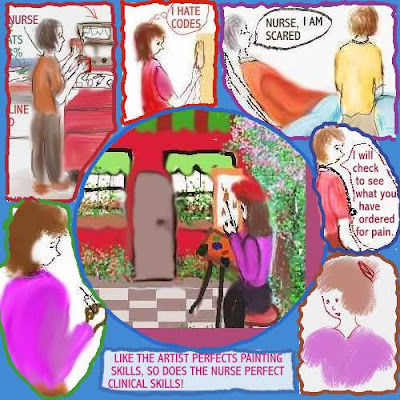Above are clinical scenarios that each tell their own story.
Just click on the link above for more helpful information.
Updated 1/25
Eye injury
An eye injury may occur at anytime and anywhere,
sometimes in the workplace. It is important to recognize
that quick
intervention is of paramount importance.
Helpful hints:
Always lift try to lift large objects away from the eyes.
If something splashes in the eye, washing it out of the eye and
seeking medical treatment may be necessary.
Hyphema - Blood in the anterior chamber of the eye caused by
blunt trauma.(See image).
Spinal injury
Scenario: Jim had a few extra drinks to celebrate his birthday.
He dives into the shallow end of the pool. Unfortunately, he will
have to be taken to the Emergency Room for further treatment.
Emergency Room vs. Urgent Care
Recently there have been changes in the way emergencies
are handled. Some
situations are minor and do not need
a high level of care. Triage is very important in distinguishing
how to filter patients to the right facility.
Minor cuts, bruises, infection and less severe pain may be treated in
an Urgent Care. More severe conditions like burns, head and spinal
trauma,
stroke symptoms and a cardiac event may require a higher
level of care like an Emergency Room.





 Updated 1/25
Updated 1/25


 Updated 6/25
Updated 6/25


 Updated 1/25
Updated 1/25
 Updated 2/24
Updated 2/24